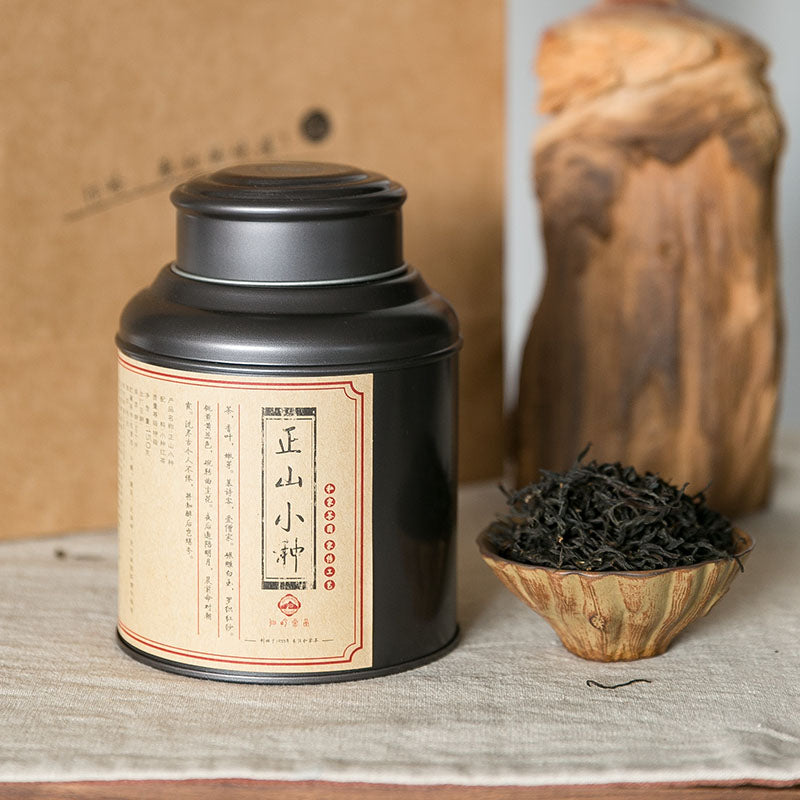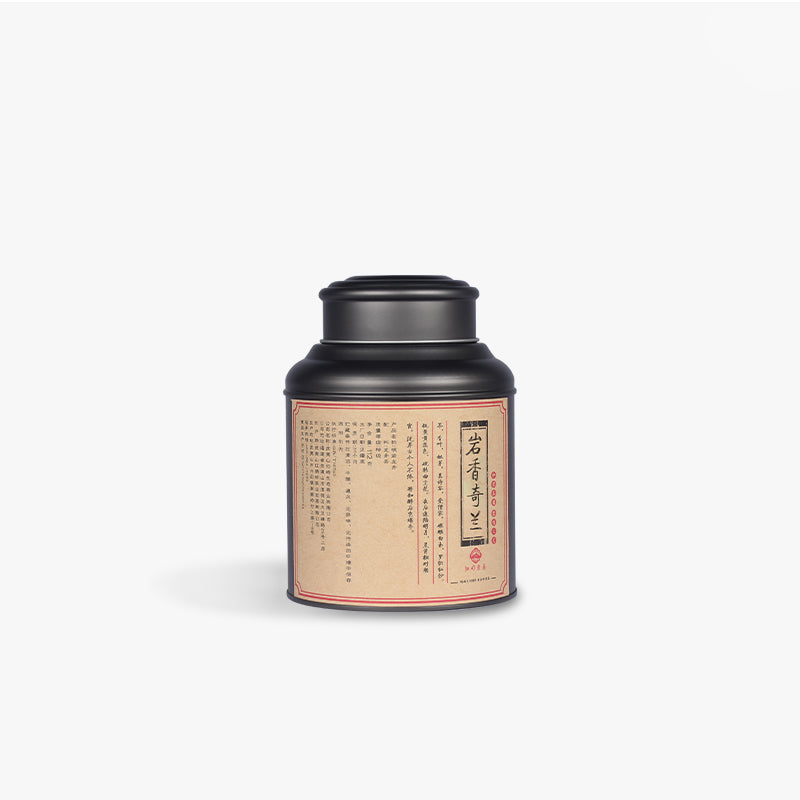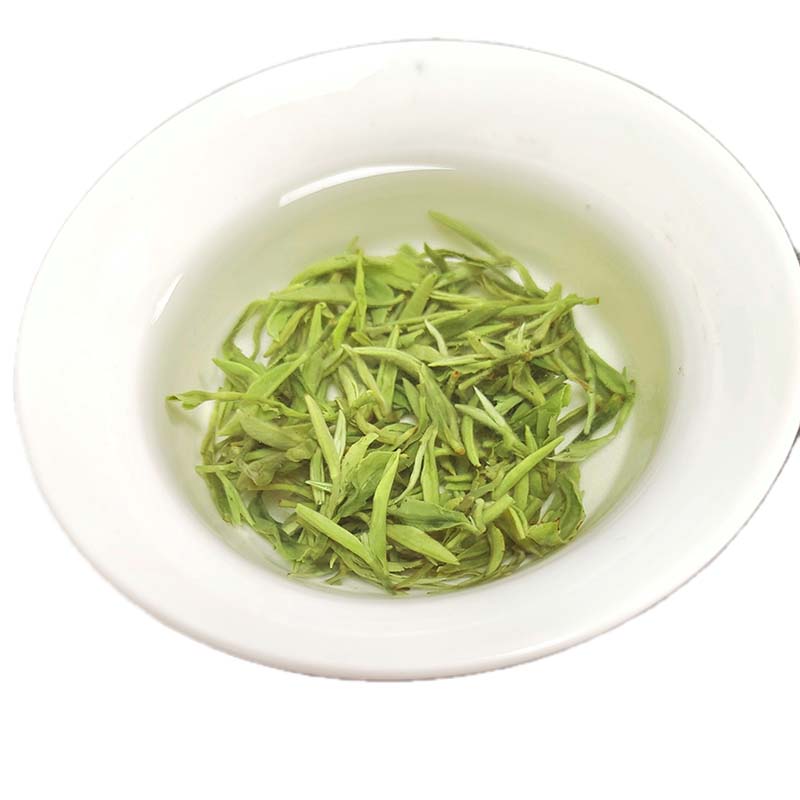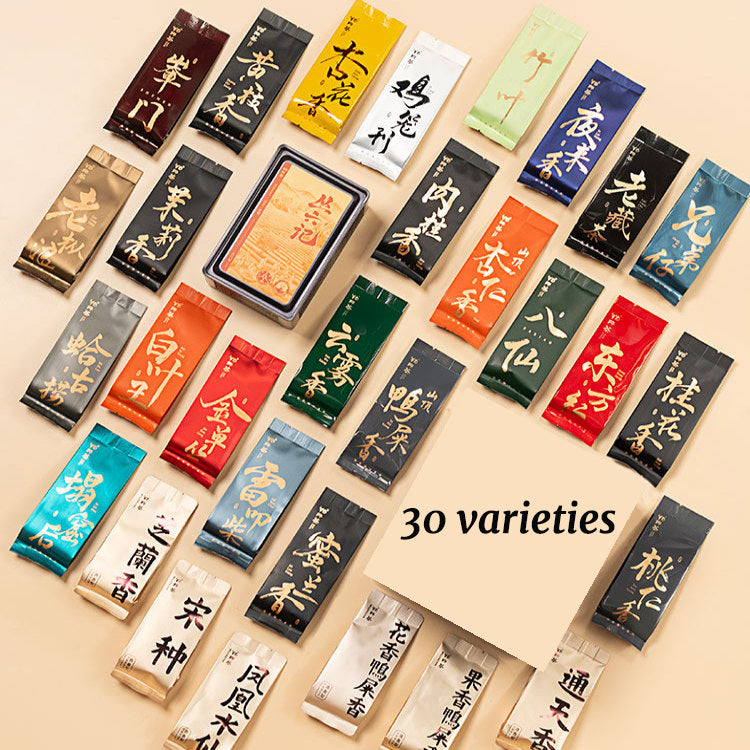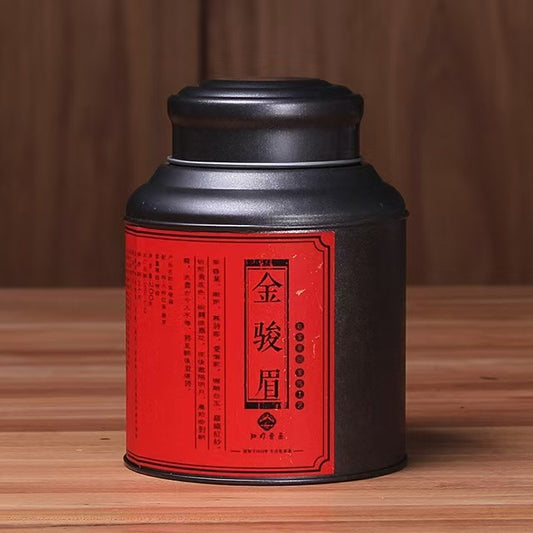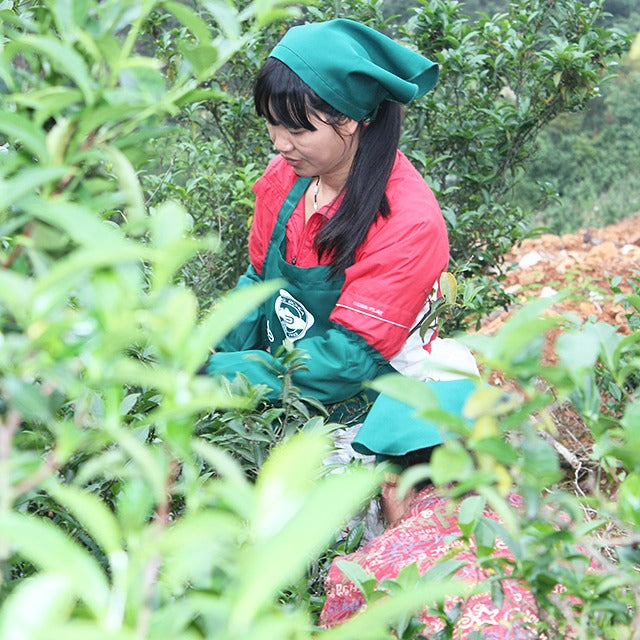How Many Grams of Tea Per Cup
How Many Grams of Tea Per Cup
As the steam swirls from a freshly brewed cup of tea, the ritual of tea-making often feels as comforting as the first sip. Yet, the seemingly simple question of how many grams of tea one should use for each cup might prompt a surprisingly nuanced discussion among tea enthusiasts. Finding that perfect balance is both an art and a science, rooted in tradition and personal preference.
The starting point for measuring tea often revolves around a general recommendation: about 2 to 3 grams of tea leaves per 8-ounce cup. This guideline, however, is just a beginning. Different types of tea leaves, their shapes, and even their origins can influence how they should be weighed.
Take, for example, the delicate leaves of a fine white tea, like Bai Mudan. These leaves are light and voluminous, requiring a slightly larger amount than you might initially think. In contrast, tightly rolled oolong teas, such as a Tie Guan Yin from China's Fujian province, expand dramatically during brewing. For such types, less is often more, not just in weight but in the way their intricate flavors unfold with each steeping.
Green teas, including the much-celebrated Longjing or Dragon Well from Zhejiang province, present another scenario. These flat, pan-fired leaves need a careful balance, usually leaning towards the lighter end of the spectrum to prevent bitterness—especially when prepared with the precision it deserves.
Then there are the robust and full-bodied black teas, like those from Yunnan. Here, a solid 2 grams can deliver a rich and satisfying brew, especially if you appreciate a stronger cup. The same applies to aged pu-erh, where a deeper complexity can emerge with just a moderate quantity.
Cultural practices add another dimension. In Taiwan, for instance, when preparing high mountain oolongs, there's a tendency to use a higher leaf-to-water ratio, enhancing aroma and flavor in the small, concentrated brews. Contrast this with a Japanese sencha, where less is often more, aiming for a harmonious and balanced cup.
Your own palette is, of course, the ultimate guide. Tea drinking is not merely a series of measurements; it’s an experience, a moment of personal connection. Experimentation is encouraged—adjusting the grams per cup based on the day's mood or the specific tea at hand. Some days call for a lighter touch, others for a bolder statement.
In the end, the perfect cup of tea is about more than just numbers. It lies in the harmony of flavor, the embrace of tradition, and the joy of discovering what suits you best. As you refine your personal approach, remember that every cup is a journey, an invitation to explore the world of tea leaf by leaf.

